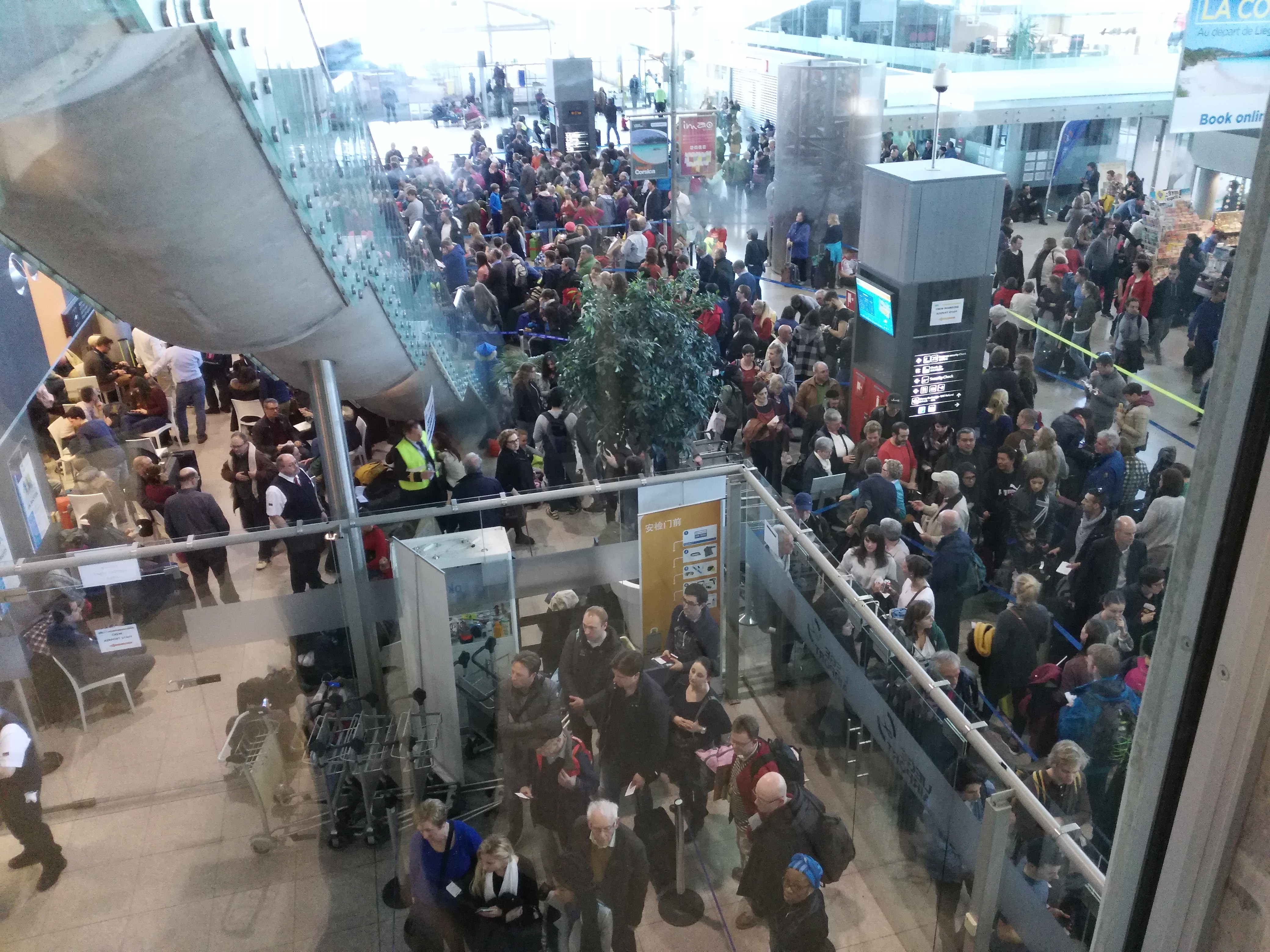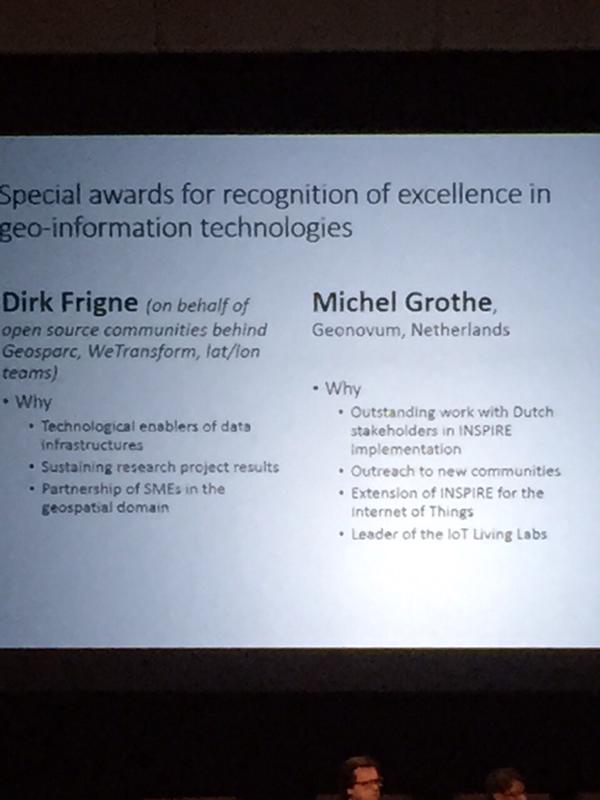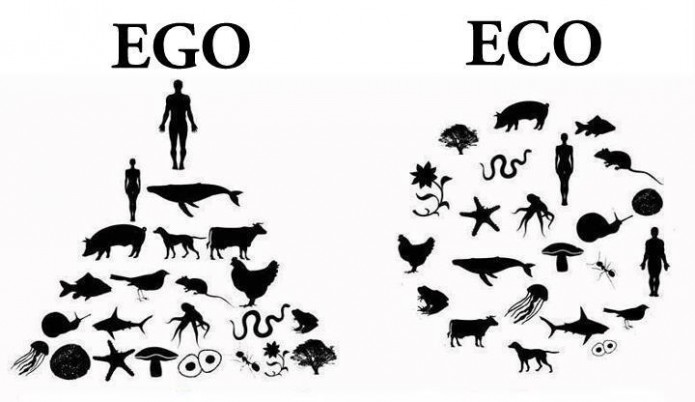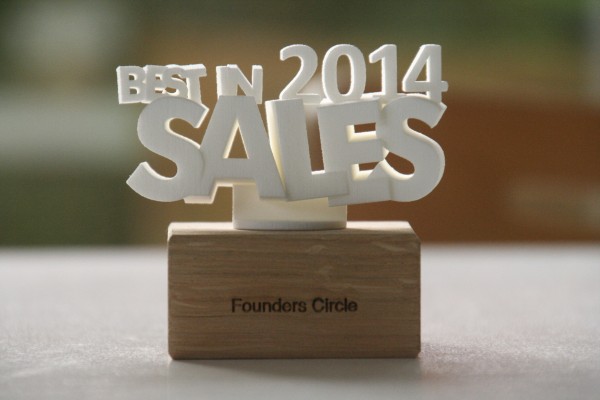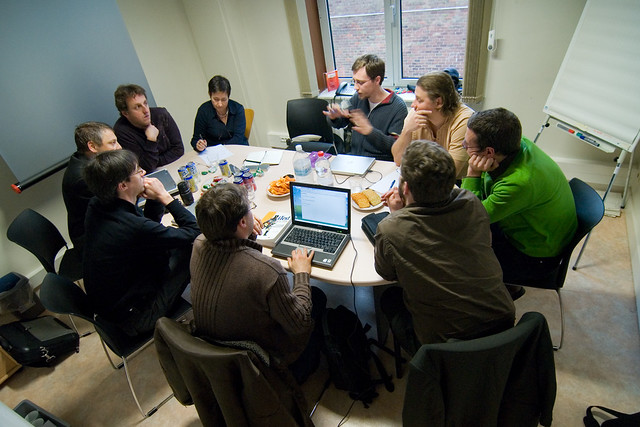A personal experience from my trip to LARS 2016 – Chili, March 28, April 3d
I hoped to take off from the Brussels Airport on Monday March 28, almost one week after the attacks on the Brussels Airport, but it would took another week before the first 3 flights would leave the airport. This is why I had to start travelling more than 6 hours before my first flight was airborne.Traveling to Liege is an adventure as such. After a train ride of more than 90 minutes, you have to try to find the (free) shuttle to get to the airport. One Shuttle every hour, arriving just at the moment we (me and a couple of other travvelers) gave up waiting and got for a coffee in a nearby café, resulting in missing that one shuttle we needed to get in time on the airport…
After sharing a cab with 4 persons and luggage to recover the lost time, I finally arrived at the airport 2 hours before the flight was scheduled.
The airport was like an enforced compound with military vehicles blocking the road in a way cars can zig-zag to the parking lot. Paratroopers armed with automatic rifles looking to any car approaching. Everybody was gathered in a big tent, queuing for a checkpoint for goods and persons, looking for weapons and explosives. Strange as this results in an even more dangerous situation for the passengers than allowing everybody immediately in the airport…
After the first security check, I came into a very crowded drop off hall. And everybody had to pass the drop-off point, even the fast check-in hand luggage only passengers. The result was long queues in a too small airport,¹
resulting in delays at the departure gates. From the 4 gates the Airport was the proud owner, only 3 of them where operational, resulting in a 4th queue, after the normal security check.
The result was my plane departed one hour late, so I had to run in Madrid to the other terminal to catch my long distance night flight, just before midnight. At the border control, I didn't had a board documents yet, but as my flight was leaving really soon, I was allowed to run to the gate. Just in time to board and relax in the first class Ile that was reserved for the vice president of OSGeo.
Time to relax on this trip which took me after all more than 24 hours to reach my destination.
Invitation as special guest on the LARS conference
After a good night of rest and after enjoying a beautiful view of the Andes,
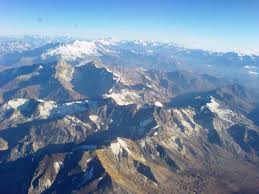
Picture from the Airplane above the Andes – Chile
While I was welcomed with coffee and had the opportunity to talk to the other guests, I waited for my luggage to change my T-Shirt for a suit. I was also promised I could take a shower in a for me reserved room, before going to the official inauguration ceremony.
The late departure of my Belgium flight decided not to attend the ceremony, as my luggage didn't arrive with me in Chile. So the rest of the day was needed to go to the hotel in the city center and go for shopping. An activity which was completely new for me. Lucky for me, my personal Lieutenant accompanied me with this new experience, and asked me what else he could do for me. Returning to the conference was no option any more, as the activities would be finished when arriving at the conference.

